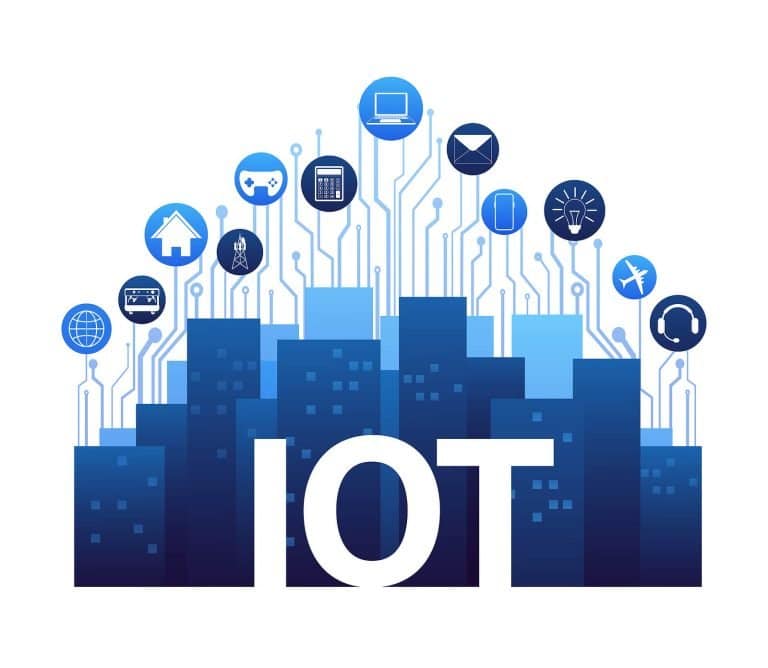From telecommuting, cloud computing, and more, learn about the networking trends dominating 2021.
Table of Contents
ToggleThe year 2020 changed our lives forever. COVID-19 has not only affected our personal lives but also changed the way we work. This global crisis has affected all industries, including hospitality, medical, retail, and technology. It is also understood that the virus is here to stay for a while. Businesses are now required to adopt technologies and strategies that help them stay ahead of their competitors in these uncertain times.
In this article, we discuss the top 5 networking trends for the year 2021.
- Continued Telecommuting
As we gradually prepare for our recovery from the pandemic, many employees are returning to their physical workplaces. However, with social distancing still a preference, this networking trend of teleworking and WFH is likely to continue. Fentress Incorporated, a workspace designing organization, states the following about teleworking:
“The COVID-19 pandemic has forced workers out of the office and has led to a massive rise in telework. Many experts predict that telework will become the new normal. One thing’s for sure – telework to some degree is here to stay.”
However, teleworking also has challenges that need to be addressed. It requires secure and reliable connectivity that can support applications with high bandwidth, such as video conferencing.
- Cloud Computing
Cloud computing will continue to be used by companies to save money and space. All kinds of businesses will assume cloud services since it provides numerous benefits such as efficiency, cost reduction, data security, control, disaster recovery, and mobility.
- Wi-Fi 6
2021 will see a widespread growth of Wi-Fi 6 (IEEE 802.11 ax). But there is an ever-increasing continuous demand for improved Wi-Fi efficiency, reliability, and speed. The next decade will see numerous challenges for Wi-Fi technology, including a decrease in Quality of Service, increased congestion in traffic, and discontentment with performance limitations.
A whitepaper by ABI Research states, “As a result of this traffic explosion, cellular operations are increasingly looking to offload traffic onto Wi-Fi. Similarly, consumers with limited data plans are deciding to connect to Wi-Fi when at home or in public areas to circumvent these limitations. To do so, however, the user experience must be comparable to that of the existing cellular network, and the Wi-Fi network must accommodate this extra traffic. Cisco anticipates that mobile offload is set to increase from 60% (10.7 exabytes/month) to 63% (83.6 exabytes/month) by 2021, with 64% of traffic from smartphones and 72% from tablets forecasted to be offloaded onto Wi-Fi by 2021, placing additional burdens on the 5 GHz band.”
- 5G
5G is the latest trend of wireless networks. It can be compared to Wi-Fi 6; however, it works on a bigger scale. For instance, 5G is used in indoor setups such as stores, offices, or restaurants, while 5G is deployed at a larger scale in outdoor locations. Though 5G technology is yet in its infancy stage, it is already being introduced in 5G proficient devices.
- Internet Of Things/Edge Networking
If COVID-19 has resulted in one good thing, it is how it forced companies to get creative in reaching their customers and supporting employees. For instance, hospitals converted their parking areas with wireless solutions to prioritize patient admissions and test for COVID-19, or restaurants introducing Point-of-Sale terminals and payment options to takeaway customers.
Besides COVID, the Internet of Things is a technology still being worked upon and quickly adopted by many industries where it is applicable, including supply management, retail, healthcare, and household electronics. Although it still poses security threats, it is evolving and is here to stay.
Networking Trends – Conclusion
2021 is a year of growth and resiliency. The world of networking is thriving with technology trends such as cloud, telecommuting, edge, 5G, and Wi-Fi. This year is about security, speed, and staying connected. Computer networking technology is playing an important role in the global fight against coronavirus and in transforming companies digitally all over the globe: from coping with increased internet traffic to making remote workplace access secure and helping in the fight against coronavirus itself.





